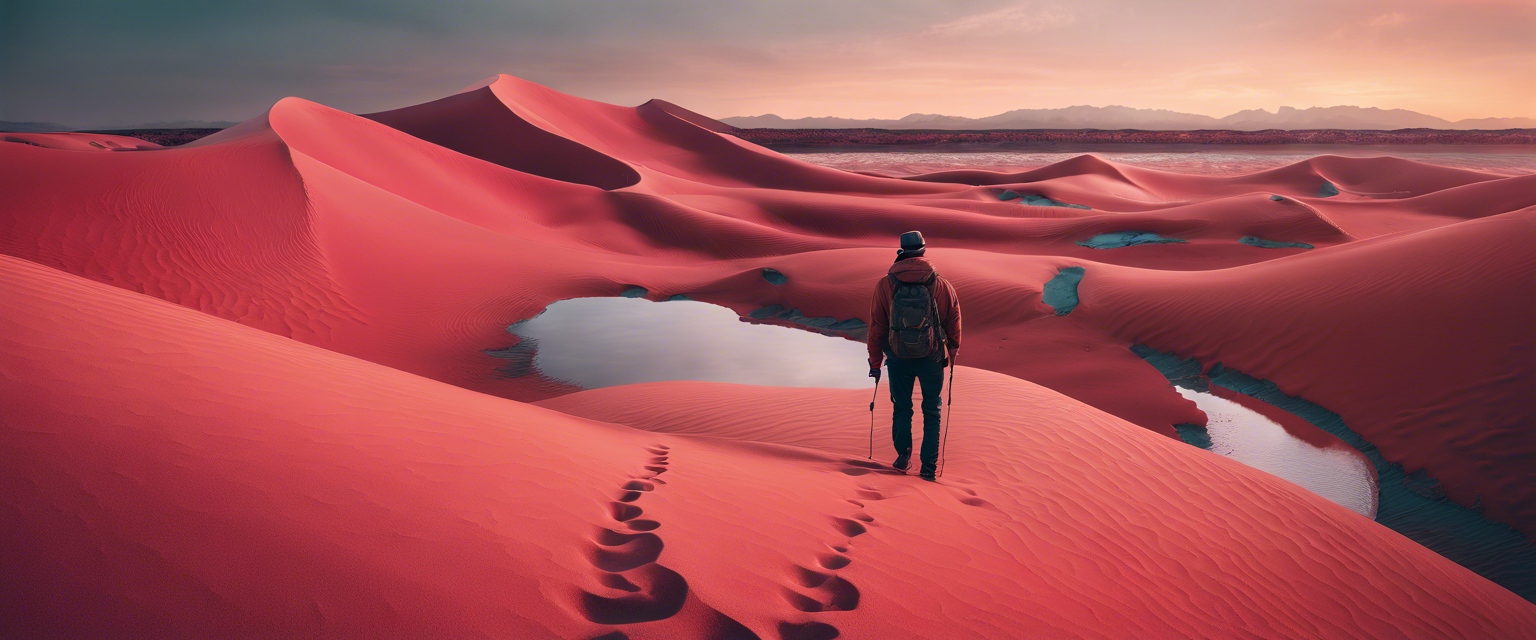Understanding the YOLOv7 Model: An Overview
YOLOv7 is a cutting-edge object detection algorithm known for its exceptional speed and accuracy. With the ability to operate at speeds ranging from 5 FPS to an astonishing 160 FPS, YOLOv7 excels in real-time object detection scenarios. Achieving a notable 56.8% Average Precision (AP) accuracy when running at 30 FPS or higher on the powerful GPU V100, it outperforms its predecessors and other competing models.
Why Choose YOLOv7?
The YOLOv7 model is not only powerful but also remarkably efficient, optimized for typical GPU computing environments. The YOLOv7-tiny variant especially caters to edge GPUs, which makes it perfect for lightweight processing tasks on mobile devices and distributed edge servers. Some of the reasons to consider YOLOv7 include:
- High-speed processing capabilities suitable for various applications.
- Excellent performance with small datasets, allowing training without pre-trained weights.
- Open-source accessibility with strong community support, evident from its GitHub repository.
Getting Started with YOLOv7
Before diving into the technical aspects, ensure you’ve prepared your dataset. YOLOv7 requires data in a specific format, so refer to the following steps:
Step 1: Upload Your Dataset
Upload your dataset to Google Drive. For demonstration purposes, we recommend using the BCCD Dataset. Ensure that the labels are formatted correctly for YOLO compatibility.
Step 2: Setting Up the Environment
Create a new notebook in Google Colab. To enhance your model training speed, change the runtime type by navigating to the 'Runtime' tab, selecting 'Change runtime type', and choosing 'GPU' under the 'Hardware accelerator' option. Save your settings.
Step 3: Coding and Feeding the Model
Start coding by connecting your Google Drive:
from google.colab import drive
drive.mount('/content/drive')Next, clone the YOLOv7 repository:
!git clone https://github.com/WongKinYiu/yolov7.gitChange to the cloned directory, install necessary dependencies, then download your chosen YOLOv7 model (like YOLOv7-tiny).
Step 4: Training Your Model
With the model downloaded, you’re ready to train! Adjust parameters as desired and initiate the training process. Monitor the outputs as the model provides real-time metrics on its performance. Optionally integrate tracking tools such as Weights & Biases (W&B) for comprehensive training reports.
Making Predictions
Post training, test your model's predictive capabilities with a sample image. Modify the path in the argument to utilize any image from your dataset for testing:
!python predict.py --source path/to/image.jpgConclusion
YOLOv7 represents a marked advancement in the realm of computer vision, combining speed, accuracy, and a user-friendly approach. Its capacity to be trained on smaller datasets without relying on pre-trained weights opens new doors for developers in the field.
With an eagerness for future contributions and developments, consider exploring the creation of AI applications using your newly acquired YOLOv7 knowledge. Stay tuned for more tutorials as we delve deeper into the exciting world of machine learning and object detection!



Laat een reactie achter
Alle reacties worden gemodereerd voordat ze worden gepubliceerd.
Deze site wordt beschermd door hCaptcha en het privacybeleid en de servicevoorwaarden van hCaptcha zijn van toepassing.